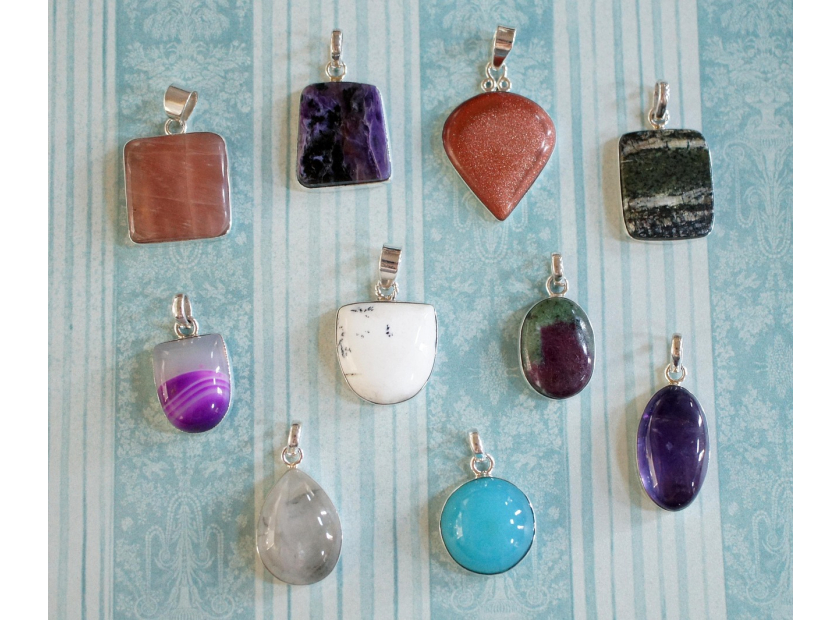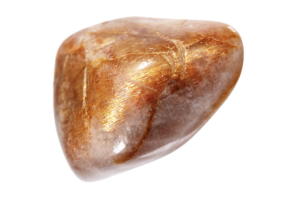USD
/
USD
/
Shipping to:
Currency:
Natural vs Lab-Created Gemstones: What’s the Real Difference?
Gemstones have fascinated people for centuries, adorning jewelry and symbolizing beauty, luxury, and meaning.
Today, shoppers are often faced with a key choice: natural gemstones or lab-created ones.
Understanding the differences between these two options can help you decide which type of gemstone is the better fit for your style, values, and budget.
Understanding Gemstones: Natural vs Lab-Created
Natural gemstones are minerals or organic materials that form naturally within the Earth over millions of years.
They're mined, cut, and polished before making their way into fine jewelry.
Lab-created gemstones—also called synthetic or man-made gems—are grown in laboratories using advanced technology that mimics natural geological conditions.
They have the same chemical, optical, and physical properties as their natural counterparts.
To explore both options, check out the gemstone engagement rings collection.
Formation Process: Nature vs Technology
Natural gemstones are created deep within the Earth under extreme pressure and heat, and are brought to the surface through natural geological processes like volcanic activity.
Diamonds, for example, form in the Earth’s mantle and take millions of years to develop.
Lab-created gemstones are formed using methods such as High Pressure High Temperature (HPHT) and Chemical Vapor Deposition (CVD).
These techniques replicate the conditions that create natural stones but in a controlled environment, often within weeks or months.
For a more detailed breakdown, read about how gemstones and diamonds are formed.
Key Differences Between Natural and Lab-Created Gemstones
Origin and Formation
Natural gemstones are created by nature, while lab-created stones are made by scientists using advanced equipment.
Appearance
To the untrained eye, both types often look identical. Lab-created gems usually have higher clarity because they're formed under perfect conditions, while natural gems often include small inclusions or imperfections.
Rarity and Availability
Natural gemstones are finite and harder to source. Lab-created stones can be produced as needed, making them more readily available.
Price and Value
Natural gems are typically more expensive due to their rarity. Lab-created gemstones are more affordable, though they may not retain the same resale value.
Want a deeper comparison? Check out this guide on lab-grown diamonds vs gemstones.
Ethics and Sustainability
Lab-created gemstones have a smaller environmental impact and are often considered the more ethical choice, as they avoid the social and environmental issues tied to traditional mining.
How to Tell the Difference
Without proper tools, it can be hard to distinguish a natural gemstone from a lab-created one.
Gemologists use microscopes, UV light, and spectroscopy to identify tell-tale signs.
Always look for a certified gemstone and consider asking for a grading report from a trusted gemological lab.
Interested in something unique and meaningful? Explore the full range of non-traditional engagement rings.
Pros and Cons of Natural Gemstones
Advantages:
- One-of-a-kind – Every stone has unique inclusions and color patterns.
- Tradition – Natural gems have a long-standing legacy in fine jewelry.
- Investment potential – Rare natural stones may increase in value over time.
Disadvantages:
- Cost – They’re often significantly more expensive.
- Ethical concerns – Some may come from conflict zones or cause environmental harm.
- Imperfections – Natural inclusions might affect clarity and appearance.
Pros and Cons of Lab-Created Gemstones
Advantages:
- Affordability – Typically cost 20-40% less than natural counterparts.
- Ethical production – No mining involved; often considered conflict-free.
- Environmental sustainability – Lower impact than traditional mining.
- Clarity and color – Usually cleaner and more consistent than natural stones.
Disadvantages:
- Resale value – Generally lower than natural stones.
- Perceived value – Some buyers may view them as “less special.”
Making the Right Choice
The best gemstone for you depends on your budget, values, and personal preferences.
Some prioritize the uniqueness and long-term value of natural gems, while others love the ethical and budget-friendly appeal of lab-created options.
Common Myths About Lab-Created Gemstones
“They’re fake”
Not at all. Lab-created gemstones are real—they just form in a lab, not the Earth.
“They’re not as strong”
False. They’re chemically identical to natural stones and equally durable.
“They don’t look as good”
Actually, they often have better clarity and richer color than natural stones.
FAQs
Are lab-created gemstones real?
Yes. They have the same structure and properties as natural gemstones.
Do lab-created gemstones last as long?
Absolutely. They're just as durable and suitable for everyday wear.
Is there a big price difference?
Yes. Lab-created stones are more affordable than natural ones of similar size and quality.
Are lab-created gems more eco-friendly?
Generally, yes. They avoid the environmental disruption associated with mining.
Planning for a special milestone? Take a look at diamond wedding rings for timeless, elegant options.








